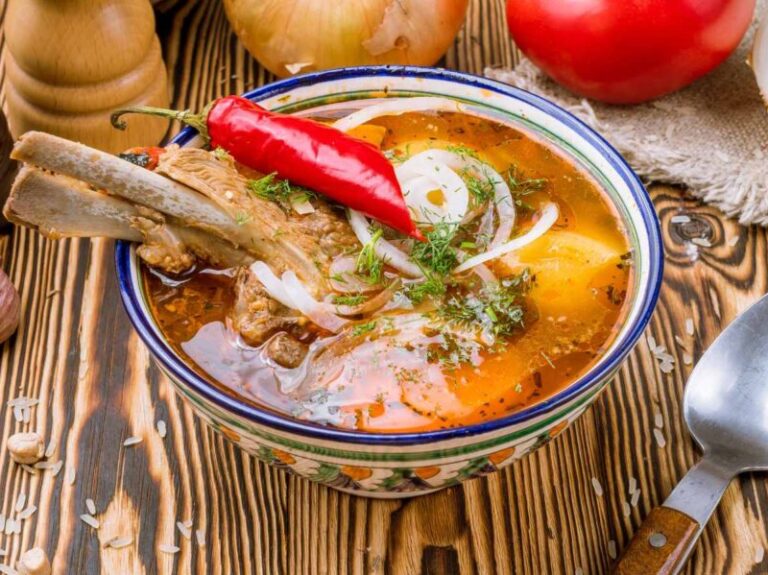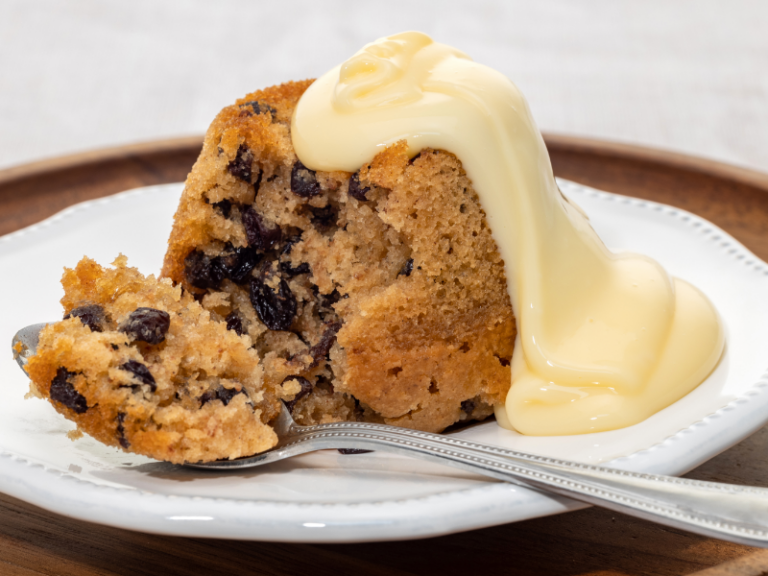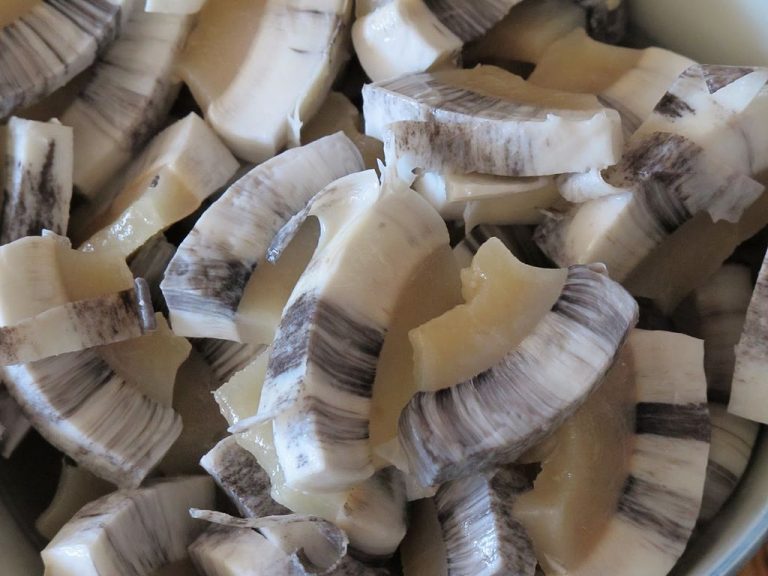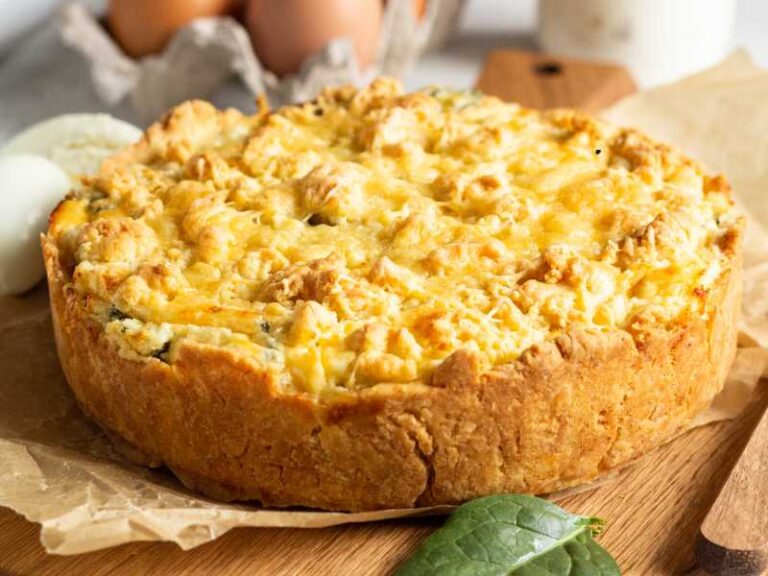Latvian Food: 9 Traditional Dishes of Latvia

Latvia is a country located in the Baltic region of Northern Europe. It is one of the Baltic states and is bordered by Estonia, Lithuania, Russia and Belarus. The country also shares a maritime border with Sweden. Latvia is best known for its greenery, beautiful white sand beaches, unique wildlife, landscapes, Art Nouveau architecture and UNESCO World Heritage.
The population of Latvia is made up of different ethnicities, including Latvians (62.1%), Russians (26.9%), Belarusians (3.3%), Ukrainians (2.2%), Poles (2.2%), Lithuanians (1.2%), Jews (0.3%), Romani people (0.3%), Germans (0.1%), Estonians (0.1%) and others (1.3%). Latvian cuisine is highly influenced by other countries of the Baltic rim.
The majority of Latvian main meal dishes include meat. Due to the country’s location on the eastern shore of the Baltic Sea, fish is also widely consumed by the locals.
Common ingredients found in Latvian dishes include potatoes, wheat, barley, cabbage, onions, peas, eggs and pork. Because of the pronounced four seasons, Latvian food is distinctly seasonal. The country’s cuisine is normally relatively fatty and includes few spices.
Aukstā Zupa (Cold Soup)

Aukstā Zupa is a light soup prepared using kefir or sour milk, boiled beets, chopped radishes, fresh cucumbers and boiled eggs. It is a refreshing soup and is typically topped with several greens.
It is a perfect combination of sour, sweet and salty flavors and it tends to be thick enough for a spoon to stand in it.
Aukstā Zupa is placed in the refrigerator for at least two hours before consumption. It helps to develop the flavor even more. It is believed that the first ‘cold soup’ was likely prepared by farmers wanting to satisfy their hunger in hot weather using the ingredients they had handy.
Siļķe Kažokā (Herring in a Coat)

Siļķe Kažokā is a cold salad dish prepared using tender, flaky herring. The fish is placed between the layers of boiled vegetables, eggs and a good amount of sour cream or mayonnaise.
This Latvian delicacy is extremely rich and creamy in texture and is very filling at the same time. It is generally recommended to keep the salad in the fridge overnight to achieve an even better flavor, and serve it along with a shot of ice-cold Latvian vodka.
Siļķe Kažokā is considered to be one of Latvia’s most commonly consumed cold salads. Because herring is a populous fish in the Baltic and Scandinavian countries, this dish has become wildly famous all across Eastern Europe. It is also widely consumed in Russia.
Aukstā Gaļa (Cold Meat in Jelly)

Aukstā Gaļa is a savoury gelatinous dish traditionally prepared using pork ears and head. However, people nowadays often use high-quality beef and chicken to prepare the dish, along with the addition of many different spices.
Aukstā Gaļa is generally consumed for breakfast, but on occasion people eat it for lunch as a main dish too. It is considered to be one of the most popular foods to be eaten during Christmas in the country.
Today, there are several different variations of this dish, but one thing stays constant: aukstā gaļa has to be accompanied by grated horseradish or mustard.
Speck
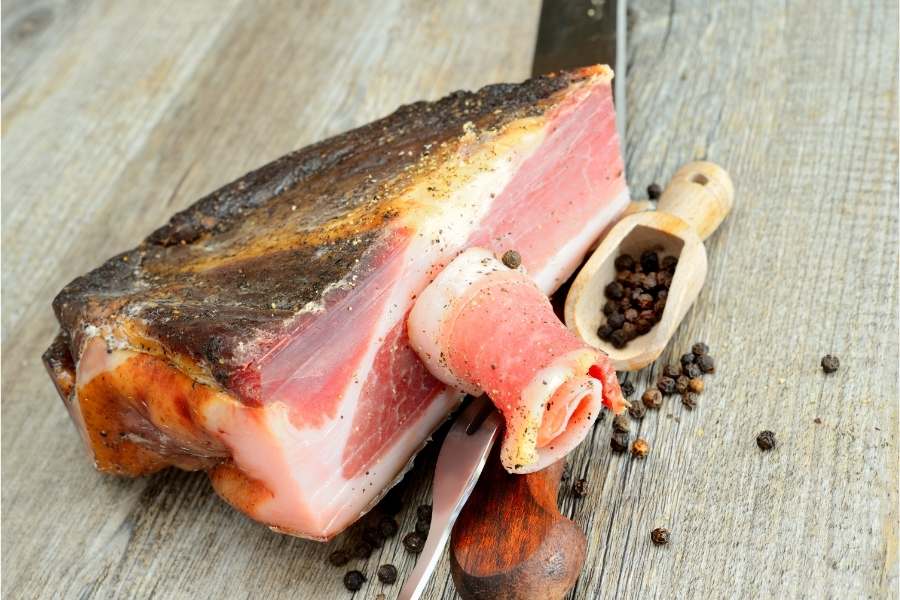
Speck is a kind of smoked bacon prepared using pork belly. A very fatty dish, speck became widely popular in Latvia many centuries ago when villagers required more energy in order to work hard in the fields.
One of the most traditional dishes prepared with this Latvian delicacy is pelēkie zirņi ar speķi which uses several different kinds of peas, combined with fried onions and the speck.
Biešu Zupa (Beetroot Soup)

Biešu Zupa is a traditional Latvian cold beet soup prepared using kefir, beetroots, cucumbers, eggs and herbs. This dish is best known for its unusual bright purple colour, rich aroma and a unique taste of both sweet and sour.
This hearty soup is delicious when accompanied by a dollop of sour cream, chopped onions, fresh greens, and a slice of rye bread. Biešu zupa is considered to be a perfect Latvian dish for vegetarians or vegans, and one can easily find it throughout the country.
Kotletes
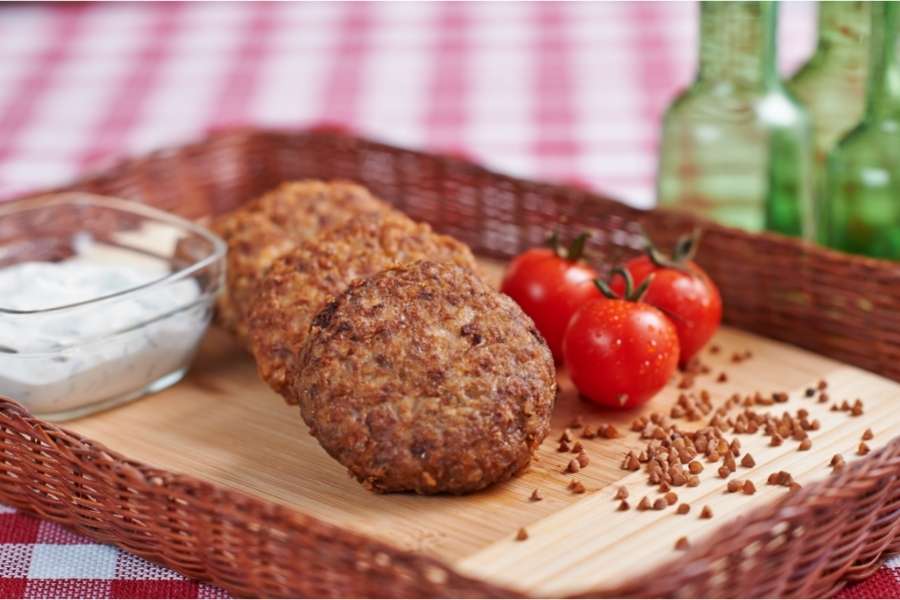
Kotletes is a burger patty-type dish prepared using pork, chicken, beef (or sometimes even fish) combined with chopped onions, garlic, eggs, breadcrumbs and several different seasonings. The mixture is then kneaded until it is elastic in texture.
Lastly, it is shaped into separate patties and fried until they are crispy on the outside but still juicy in the middle. People in Latvia believe that the art of cooking perfect kotletes is a real test of one’s culinary skills. This dish is generally consumed with boiled potatoes and mushroom sauce.
Skābeņu Zupa (Sorrel Soup)

Skābeņu Zupa is a traditional Latvian soup prepared using meat and vegetables. Although there are many different variations of this soup, some of the common ingredients include sorrel, boiled eggs, pearl barley, smoked pork ribs, carrot, onion, garlic, bay leaf and sour cream.
Generally served during spring, this hearty soup is packed with vitamins and minerals. It is also said that by eating fresh sorrel, you may consume a good amount of vitamin C, but when you include it in a soup and boil it, you take in more iron and magnesium.
Rupjmaizes Kārtojums

Rupjmaizes Kārtojums is a layered dessert prepared using crushed rye bread, whipped cream and other sweet delights. The rye bread crumbs are combined with cinnamon and this classic sweet dish is assembled in a glass or jar, placing rye bread layers in between the layers of jam and whipped cream. The procedure is repeated until the glass or jar is filled.
Lastly, fresh berries and grated dark chocolate are added on top of this dessert, and it is kept in the refrigerator for an hour or two before consumption.
Pīrāgi

Pīrāgi are a small bun stuffed with various fillings from Latvia. The most traditional pīrāgi is filled with bacon and fried onions, and ingredients in the dough include milk, sugar, butter and flour.
The formed dough is rolled out then using a cutter, made into small circles. Each circle is filled on one side then the empty side is folded over the filling to create a crescent shape. They are then pinched shut, baked and eaten as a snack
Photo Credit: Sara McCleary

